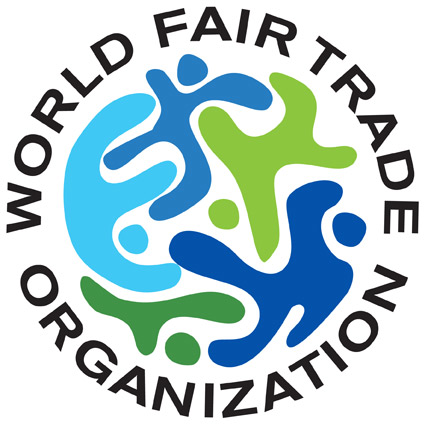Because people often confuse the terms Maya and Mayan, and our name is Maya Traditions, not Mayan Traditions, we offer this article which first appeared in the The Revue Magazine, Guatemala’s monthly English Language Magazine, as a way of understanding the different usage.
Which is correct: Maya or Mayan languages, Maya or Mayan art, Maya or Mayan writing and Mayas or Mayans to refer to people? Is there a difference in meaning in the two kinds of expressions? What are the rules for deciding which to use?
First of all, there has been no definitive decision on this matter, and, moreover, almost everyone admits to being inconsistent. In part, the variation in the competing adjectival and noun forms reflects the patterns adopted by two different sets of academic disciplines: archeology, art history and epigraphy (deciphering Mayan hieroglyphs), which grew out of the first two, vs. linguistics and some branches of anthropology. Until the realization in the late 1960s that hieroglyphic writing represented real language, in general these two branches of study did not overlap and so the different patterns each adopted—Maya for art historians and archeologists, Mayan for linguists—were not really in conflict.
Another factor in choosing between the two forms is the historical fact that from very early on, the Mayas in the Yucatán Peninsula had been called “Maya”. The various linguistic groups in Guatemala, Chiapas and Belize were mostly known by their individual language names, e.g., Tzeltals, Kaqchikels, Itzajs, Mopans, etc. And linguists referred to all the languages together as “Mayan languages”.
The corresponding Spanish term has always been simply maya for both noun and adjective. Because Spanish had no good equivalent for this adjectival form, an attempt was made by the well-known linguist Terrence Kaufman in the 1970s to introduce the term mayance to serve as an adjective, but the word never took hold.
Finally, an important factor in the choices some scholars make today is the political history of the past 40 years. The new sense of cultural identity beyond individual language or community groupings began to emerge at least by the late 1970s and gained force as the armed conflict began to recede in the early 1990s. This process has been given many names, among them the Maya Movement, the Pan-Maya Renaissance and Mayan Cultural Revitalization. As consciousness grew among Maya intellectuals, a general term for all the peoples who speak Mayan languages and observe Mayan cultural traditions and values was needed. Everyone agreed to use Maya to refer to all these groups of people. Foreign scholars began to acknowledge this modern identity by adopting the same name, while still using the adjective form “Mayan”. People began to avoid using “the Maya” because it is too generic, denying individuality.
Art historians, epigraphers and most archaeologists continue to prefer the invariant form Maya, both as noun and adjective. A growing group of academics and students, especially linguists, have begun to reach a consensus that goes something like this: Maya is a noun, referring to individual people, and can be both appositive and plural; Mayan is an adjective. Thus: The best student in my class is a Maya. Three Mayas ran for office. A good book on Mayan values is the one by the Maya intellectual Manuel Salazar Tetzahuic, the current Guatemalan Minister of Culture. Mayan textiles are an important source of information about Mayan culture because of the way Maya weavers include Mayan cosmology and symbolism in their work.
A nice clarification made possible by this modern usage is the distinction that can be made between Maya linguists, linguists who are Mayas and Mayan linguists, who are linguists investigating Mayan languages but who are not themselves Mayas.
In Spanish, the word Maya is often capitalized when referring to people and should be pluralized when there is more than one: Dos Mayas me visitaron en los Estados Unidos. As an adjective, the Spanish adjectival form maya continues to be the best choice, pluralized as appropriate to context: cultura maya, lenguas mayas.
Although there is not yet complete consistency across all disciplines, this modern usage gives Mayas the dignity of a non-generic form of reference for individuals (for example, Spaniards vs. the Spanish) and is the recommended pattern for most writing. (Unless, of course, you are writing for a professional archeological journal and need to follow its style sheet—Mayas aren’t the only people with a love for their traditions!)
Laura Martin, Ph.D., is professor of modern languages and director of the
K’inal Winik Cultural Center at Cleveland State University in Ohio.

Member of the
World Fair Trade Organization